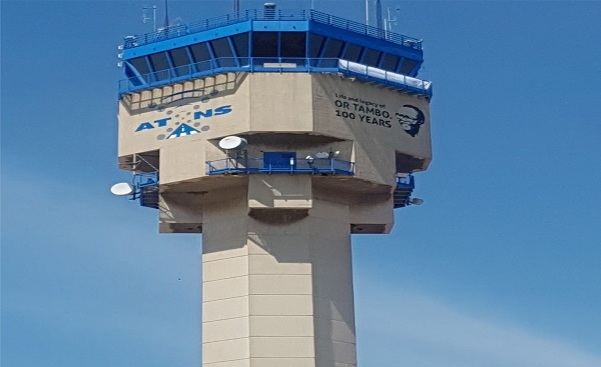Remotely Piloted Aircraft Systems (RPAS) or drones as they are affectionately known, are unmanned aircraft/vehicles (UA/UV) that have been labelled as disruptors to manned aviation as we know it. We are used to aircraft having pilots in the flight deck (cockpit), then passengers boarding the aircraft and flying to various destinations worldwide.

The ATNS SOC Ltd in collaboration with the South African Civil Aviation Authority (SACAA) and the RPAS community has developed RPAS regulations (SACAA, Part 101), as a guidance document for safe operations of drones. The regulations were promulgated with rules on how to safely and legally operate drones, within the Republic of South Africa.
The industry of unmanned aviation is growing at an exponential rate. We are talking, RPAS for parcel delivery, security services, infrastructure inspection and even aerial display to name a few. These compels all Air Navigation Service Providers (ANSPs) to formulate plans on how to manage these new participants in the airspace.
At ATNS we are extensively working on a system that would create room for unmanned aviation to safety coexist with manned aviation within controlled airspace.
We are talking about integration of drones in ATNS controlled airspace. ATNS is already accommodating drone operations in controlled airspace, through a system called Flexible Use of Airspace (FUA). This system avails pockets of controlled airspace for a set period. Affected stakeholders are aware of these operations.

Maokane HB. Manala, ATNS Air Traffic Management Operations Researcher
The discussions on integrating RPAS into ATNS controlled airspace are paving the way for unmanned aircraft systems Traffic Management (UTM).
This means availing corridors or blocks of airspace where coordinated RPAS operations will be conducted, to facilitate the identified RPAS operations and beyond. We at ATNS understand that, as much as these drones pose a threat to manned aviation. We need to create a platform for a safe operation of drones in order to protect manned aviation.
We are confident the challenges that drones bring will also benefit the aviation industry. By working on an integration program, we are promoting the growth of the aviation industry.
Drones are getting more involved in Africa’s lower airspace for health and other economic activities

